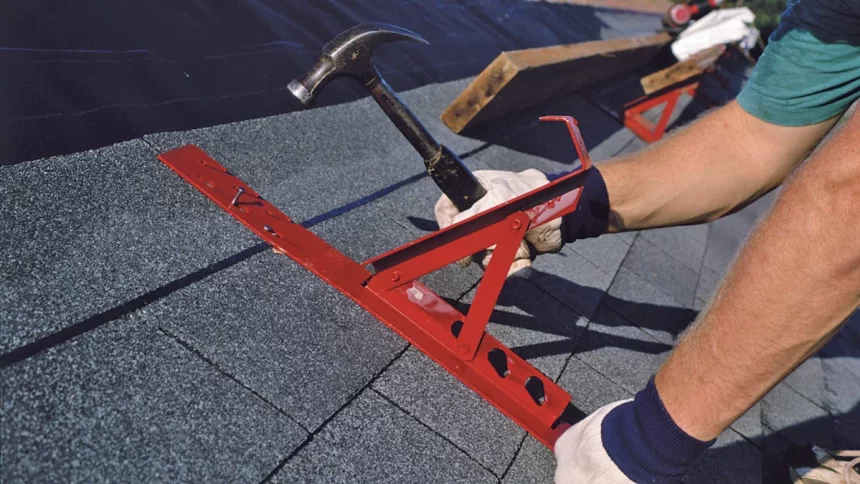Roof jacks, also known as curb adapters or flashing boots, are important roofing accessories that serve a crucial purpose. These little marvels might not be the first thing that comes to mind when you think about roofing, but trust me, they’re a real powerhouse. In this article, I’ll discuss how roof jacks are revolutionizing the way we work on roofs, making the job safer, more efficient, and just plain better.
What Are Roof Jacks and How Do They Work?
Roof jacks act as weatherproofing barriers that allow ventilation pipes, exhaust vents and ductwork to safely pass through a roof without allowing water to seep in. They create a water-tight seal around any roof penetrations while still permitting proper airflow.
There are several components to roof jacks:
- Base Flange: The bottom flat portion that slides under the roofing materials and gets secured to the roof decking. This creates a tight seal between the roof and the jack.
- Pipe Flashing: The central pipe piece that the ventilation pipe slides into. This is sealed tightly around the pipe.
- Storm Collar: The top portion that seals around the pipe sticking out above the roof line.
When installed properly, roof jacks form an impenetrable seal that protects the roof and building interior from moisture damage related to snow, rain and ice dams. They are necessary for almost all roofs with ventilation system penetrations.
Types of Roof Jacks

There are a few main types of roof jacks, designed to suit different roofing situations:
Curb Adapters
Curb adapters are like special boxes that sit on top of your existing roof curb. They help connect your new ventilation pipe to the old curb, so you don’t have to replace the whole thing. It’s like using an adapter to plug in your new phone charger to an old outlet.
Flashing Boots
Flashing boots are like little sleeves that go around your ventilation pipe. They have a flat base that slides under your roof during installation. These are great for new roofs, but can also be used to replace old curb adapters if needed. Think of them like putting on a raincoat to keep your clothes dry.
Retrofit Roof Jacks
Retrofit roof jacks are perfect when you need to install something on your existing roof without messing it up. They have a special rubber bottom that squishes down and seals tightly around your roof tiles. Then, a collar goes around the pipe to keep everything snug. It’s like using a suction cup to hang a picture without putting holes in your wall.
Custom Roof Jacks
Custom roof jacks are like ordering a special pizza just for you. They can be made in any size, shape, or material you need to fit your unique roof or ventilation setup. It’s like having a tailor make you a suit that fits perfectly, instead of buying one off the rack.
Roof Jack Materials
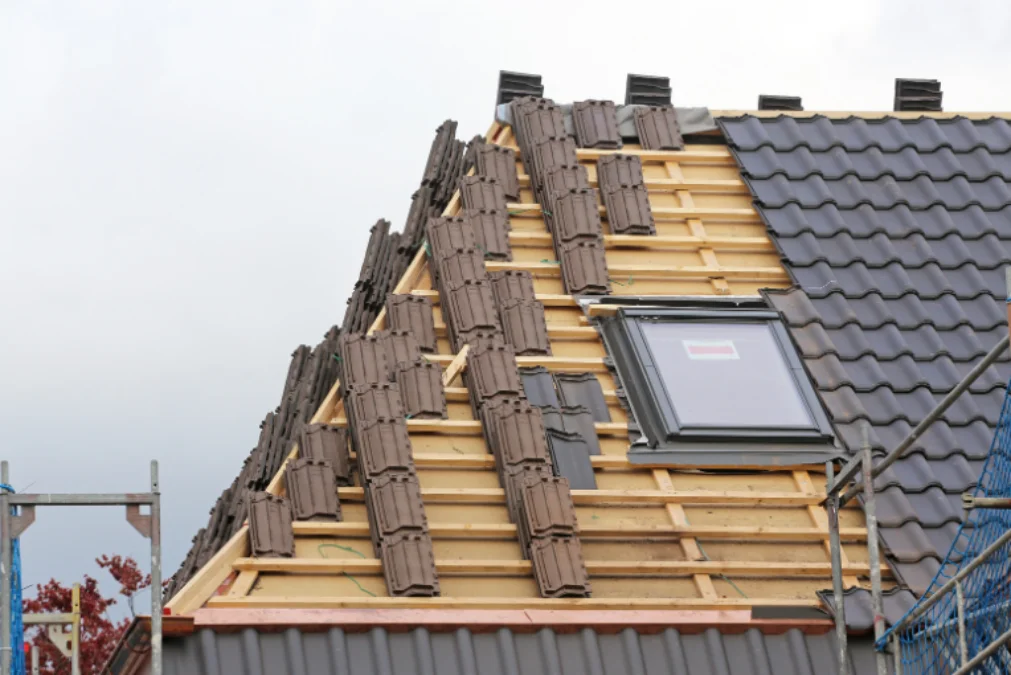
Roof jacks are constructed from durable materials that hold up to outdoor elements, including:
Galvanized Steel
Galvanized steel is like the superman of roof jacks. It’s strong, tough, and has a special zinc coating that protects it from rust and corrosion. It’s also pretty affordable, making it a popular choice for most people. Just like how Superman’s suit protects him, the zinc coating protects the steel.
Stainless Steel
Galvanized steel is like the superman of roof jacks. It’s strong, tough, and has a special zinc coating that protects it from rust and corrosion. It’s also pretty affordable, making it a popular choice for most people. Just like how Superman’s suit protects him, the zinc coating protects the steel.
PVC
PVC roof jacks are like the Plastic Man of the group. They’re not as strong as steel, but they’re cheaper and still get the job done for most people. Just like how Plastic Man can stretch and bend, PVC can handle some wear and tear. But if it gets too hot or cold outside, PVC can start to crack and break, just like how Plastic Man has his limits.
Lead
Lead roof jacks are like the old-school Batman of the bunch. They’re really good at keeping water out and can handle tough weather conditions. Over time, lead creates its own protective layer, kind of like how Batman’s armor gets better with each new suit. But just like how Batman’s methods are a bit outdated, lead isn’t used as much anymore because it’s not so good for the environment and can be dangerous to work with.
When you’re choosing your roof jack superhero, galvanized steel or stainless steel are usually the best bets for most homes. But if you have a special situation, you can always call in a custom-made roof jack superhero to save the day!
When Are Roof Jacks Necessary?
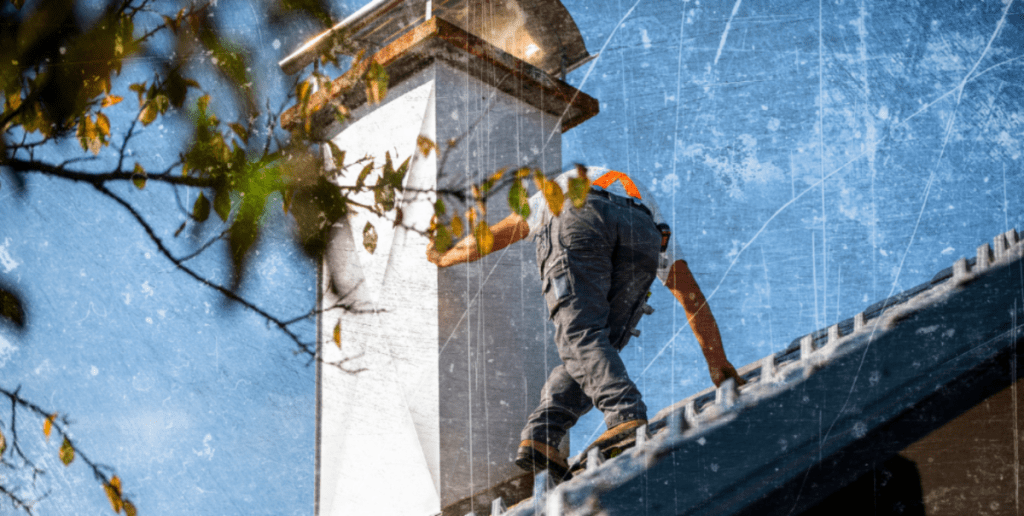
Anytime a ventilation system needs to penetrate through a roof, a properly installed roof jack is required to maintain weatherproofing and prevent moisture intrusion.
Common situations requiring roof jacks include:
- Bathroom exhaust vents: Prevent leaks as exhaust air is vented from bathrooms through the roof.
- Dryer vents: Seal around dryer ductwork exiting through the roofline.
- Plumbing vents: Plumbing systems require ventilation to maintain air pressure and drainage. Roof jacks seal off roof penetrations.
- Kitchen ventilation: Commercial kitchens use powerful ventilation fans that duct exhaust through the ceiling and out the roof. Roof jacks provide critical protection.
- Attic ventilation: Fans and vents designed to circulate airflow through a building’s attic space need sealed penetrations through the roof.
- HVAC systems: Central air conditioning units, ventilators and make-up air systems often vent through the roof, requiring adequate seals.
Anytime a ventilation requirement demands penetrating through the water-shedding roof system, a properly installed roof jack should be used to maintain weatherproofing. Neglecting roof jacks will almost certainly lead to leaks, moisture accumulation and expensive repairs down the road.
Installing Roof Jacks
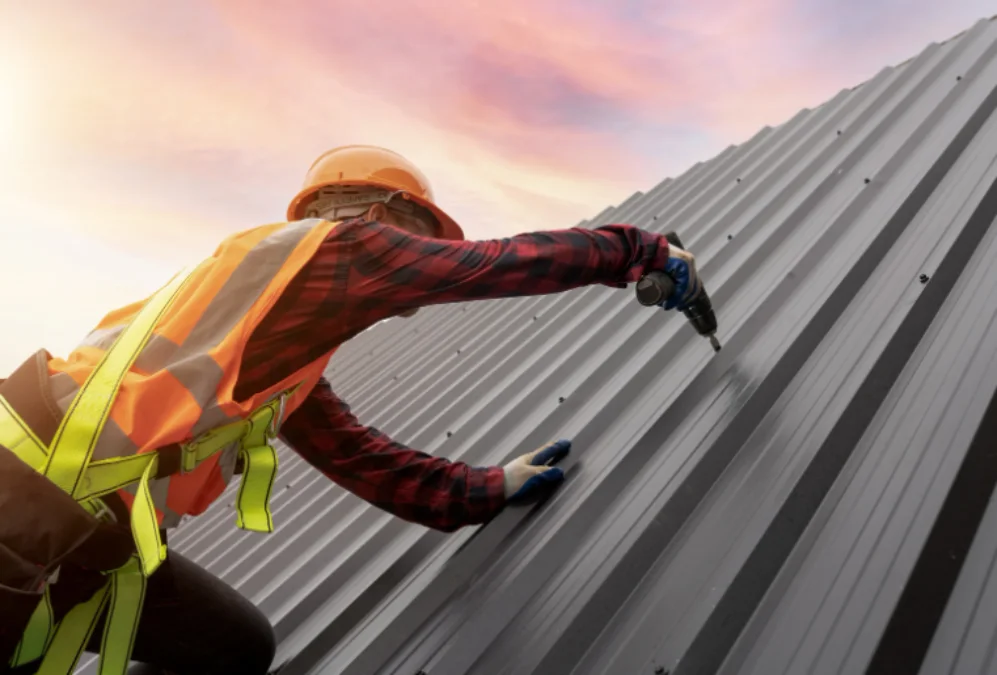
Proper roof jack installation is critical for maintaining weatherproof integrity and preventing leaks over the long term. Here is an overview of main installation steps:
Preparation
- Carefully measure and mark the intended penetration location.
- Remove roofing materials around the penetration area to expose bare roof decking.
- Inspect and repair any damaged decking.
- Check proper clearance for ventilation pipe sizes.
Measuring and Cutting
- Take precise measurements for pipe diameter and desired roof jack height.
- Transfer measurements and cut roof jack materials to required sizes.
- Cut hole in decking just larger than ventilation pipe diameter.
Securing the Roof Jack
- Slide base flange fully under roofing material (6-12 inches minimum).
- Secure flange tightly to roof deck using appropriate screws or nails.
- Seal underside of flange and roofing material overlap with waterproof sealant.
- Insert ventilation pipe through roof jack sleeve and decking hole.
- Tighten storm collar around ventilation pipe above the roof.
- Seal storm collar tightly around penetration pipes.
- Reinstall roofing material over the flange up to pipe penetration.
Proper measurements, careful sealing and securing all connections tightly is imperative for successful roof jack installation and prevention of moisture issues. Consider having roofs jacks installed by qualified professionals as part of any new roof or ventilation project.
Maintaining and Repairing Roof Jacks
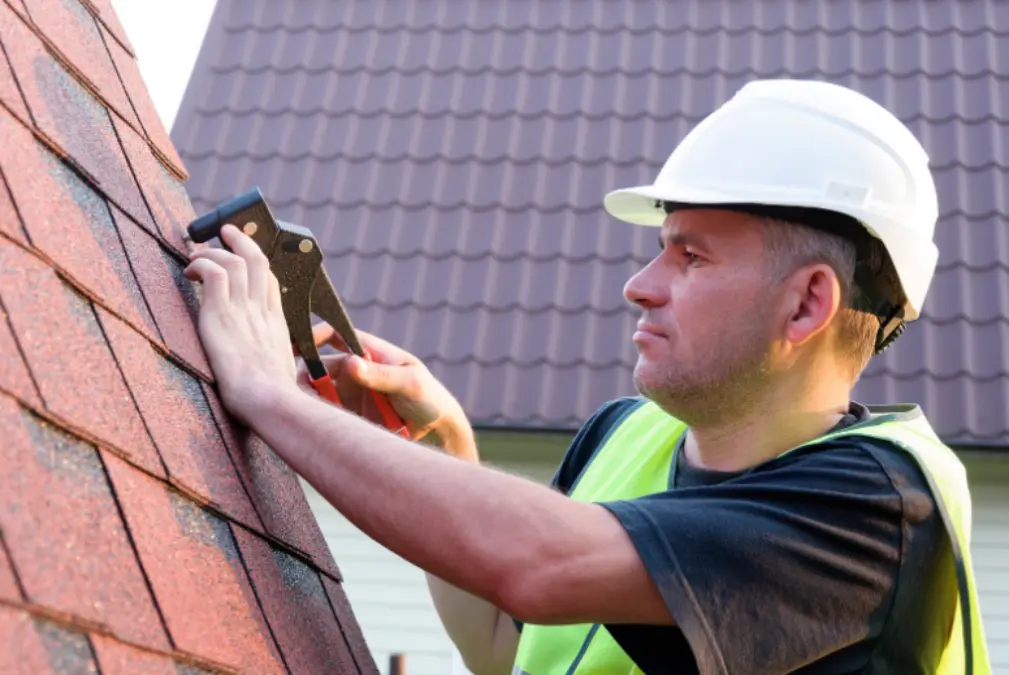
Regular inspection and maintenance helps ensure roof jacks remain in optimum shape:
- Visually inspect jacks after major storms for signs of damage or leaks.
- Check condition of seals and perform sealing repairs as needed over time.
- Inspect storm collar attachments ensuring they are tightly secured around ventilation pipes.
- Check for debris buildup around roof jacks or ventilation exhaust areas and clear as necessary.
- Replace any severely damaged or worn roof jacks.
When issues emerge, address them quickly to prevent bigger moisture headaches:
- Leaks: Tighten storm collars, reseal with additional waterproof sealant or replace if deteriorated.
- Detached Flashing: Re-secure base flanges with additional nails or screws. Reseal around any gaps.
- Punctures: Seal small punctures with sealants. For large damage, patches or full replacement may be necessary.
- Clogs: Clear any debris or buildup restricting ventilation pipes through the roof jacks.
Taking good care of your roof jacks ensures they’ll continue protecting your home’s roof and interior spaces for years to come.
Roof Jack Codes & Standards
Proper roof jack selection, materials and installation must follow relevant building codes and industry standards. Key guidelines roofing contractors follow include:
- International Building Code (IBC): This code gives rules for how to safely build commercial buildings. It has a section that talks about the materials and fire safety requirements for roofs.
- International Residential Code (IRC): This code is used for building single-family homes in most parts of the United States. It has a section that explains what materials to use for roof jacks, how to seal them, and how much space to leave around pipes to prevent leaks.
- NRCA Manual: The National Roofing Contractor Association has a manual with lots of helpful information and instructions for roofing systems. It has a specific section on the right way to install and seal roof curbs and jacks on flat or low-sloped commercial and residential roofs.
- SMACNA Standards: The Sheet Metal and Air Conditioning Contractor’s National Association has standards for installing ducts and HVAC systems, which often go through the roof. These standards help make sure that roof curbs and jacks stay securely attached, even during an earthquake.
When roofers follow these latest building codes and industry guidelines, they can make sure that roof jacks are installed correctly and won’t leak or cause other problems.
FAQs
Roof jacks serve two main purposes – to seal off roof penetrations from ventilation pipes to prevent leaks, and to provide proper airflow for ventilation systems to exit through the roofline.
Bathroom exhaust fans, dryer vents, plumbing vents, kitchen ventilation hoods, HVAC systems, and attic ventilation fans/vents often duct through the roof and require sealed penetrations that roof jacks provide.
Common types include curb adapters, flashing boots, retrofit roof jacks for existing roofs, and custom fabricated roof jacks designed for unique applications.
Most are constructed from galvanized steel or stainless steel for durability. Roof jacks can also be made from PVC plastic or lead, but those materials see less usage today in most applications.
Inspect roof jacks after major storms and replace any with severe corrosion, damage, worn seals/gaskets or large holes and punctures that cannot be reliably repaired or patched.
Proper roof jack installation requires roofing expertise and tools, including lifting ventilation pipes to the roof, cutting precise openings, and integrating with surrounding materials. In most cases professional installation is highly recommended.
Conclusion
Making sure roof jacks are installed correctly when putting in vented systems is very important for keeping your building dry and leak-free for a long time. Using the right materials for your weather conditions and sealing the jacks properly to the roof stops leaks from happening as air leaves your home.
Checking and maintaining your roof jacks regularly makes sure they keep working well for many years. Ignoring problems can cause mold, rot, and damage to your building’s structure. Following building codes and industry standards ensures that roof jacks are the right size, installed, and sealed using the best methods known.
Paying for a professional to install your roof jacks and staying on top of maintenance saves you from big problems later on. When roof jacks are installed correctly, your ventilation system can work well while your roof stays waterproof.


